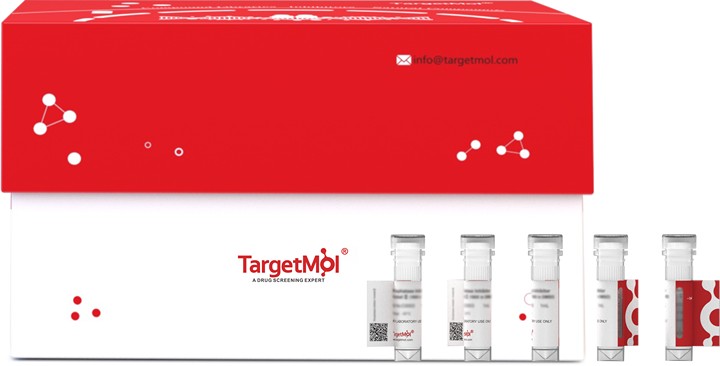购物车
全部删除  您的购物车当前为空
您的购物车当前为空
Fimbrillin Protein, Porphyromonas gingivalis, Recombinant (His & Myc) is expressed in E. coli expression system with N-10xHis and C-Myc tag. The predicted molecular weight is 43.9 kDa and the accession number is B2RH54.

| 规格 | 价格 | 库存 | 数量 |
|---|---|---|---|
| 5 μg | ¥ 825 | 20日内发货 | |
| 10 μg | ¥ 1,360 | 20日内发货 | |
| 20 μg | ¥ 2,290 | 20日内发货 | |
| 50 μg | ¥ 3,460 | 20日内发货 | |
| 100 μg | ¥ 4,750 | 20日内发货 | |
| 200 μg | ¥ 6,830 | 20日内发货 | |
| 500 μg | ¥ 10,800 | 20日内发货 | |
| 1 mg | ¥ 16,000 | 20日内发货 |
| 生物活性 | Activity has not been tested. It is theoretically active, but we cannot guarantee it. If you require protein activity, we recommend choosing the eukaryotic expression version first. |
| 产品描述 | Fimbrillin Protein, Porphyromonas gingivalis, Recombinant (His & Myc) is expressed in E. coli expression system with N-10xHis and C-Myc tag. The predicted molecular weight is 43.9 kDa and the accession number is B2RH54. |
| 种属 | Porphyromonas gingivalis |
| 表达系统 | E. coli |
| 标签 | N-10xHis, C-Myc |
| 蛋白编号 | B2RH54 |
| 别名 | Major fimbrium subunit FimA type-1,Major fimbrial subunit protein type I,Fimbrillin (Fimbrilin),fimA |
| 氨基酸序列 | AFGVGDDESKVAKLTVMVYNGEQQEAIKSAENATKVEDIKCSAGQRTLVVMANTGAMELVGKTLAEVKALTTELTAENQEAAGLIMTAEPKTIVLKAGKNYIGYSGTGEGNHIENDPLKIKRVHARMAFTEIKVQMSAAYDNIYTFVPEKIYGLIAKKQSNLFGATLVNADANYLTGSLTTFNGAYTPANYANVPWLSRNYVAPAADAPQGFYVLENDYSANGGTIHPTILCVYGKLQKNGADLAGADLAAAQAANWVDAEGKTYYPVLVNFNSNNYTYDSNYTPKNKIERNHKYDIKLTITGPGTNNPENPITESAHLNVQCTVAEWVLVGQNATW |
| 蛋白构建 | 47-383 aa |
| 蛋白纯度 | > 85% as determined by SDS-PAGE. |
| 分子量 | 43.9 kDa (predicted) |
| 内毒素 | < 1.0 EU/μg of the protein as determined by the LAL method. |
| 缓冲液 | Tris-based buffer, 50% glycerol |
| 复溶方法 | A Certificate of Analysis (CoA) containing reconstitution instructions is included with the products. Please refer to the CoA for detailed information. |
| 存储 | Lyophilized powders can be stably stored for over 12 months, while liquid products can be stored for 6-12 months at -80°C. For reconstituted protein solutions, the solution can be stored at -20°C to -80°C for at least 3 months. Please avoid multiple freeze-thaw cycles and store products in aliquots. |
| 运输方式 | In general, Lyophilized powders are shipping with blue ice. Solutions are shipping with dry ice. |
| 研究背景 | Structural subunit of the major fimbriae. These long, filamentous pili are attached to the cell surface; they mediate biofilm formation, adhesion onto host cells and onto other bacteria that are part of the oral microbiome. They play an important role in the invasion of periodontal tissues. Fimbriae and their constituents are major virulence factors. FimA proteins from different strains have highly divergent sequences, and this has been used for classification. The sequence-based classification correlates with pathogenicity. |